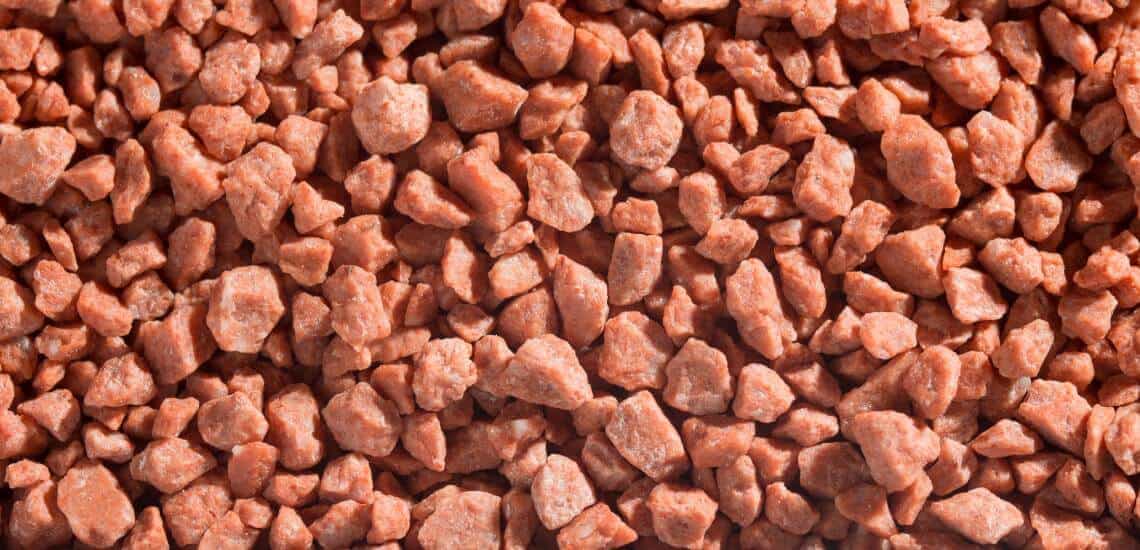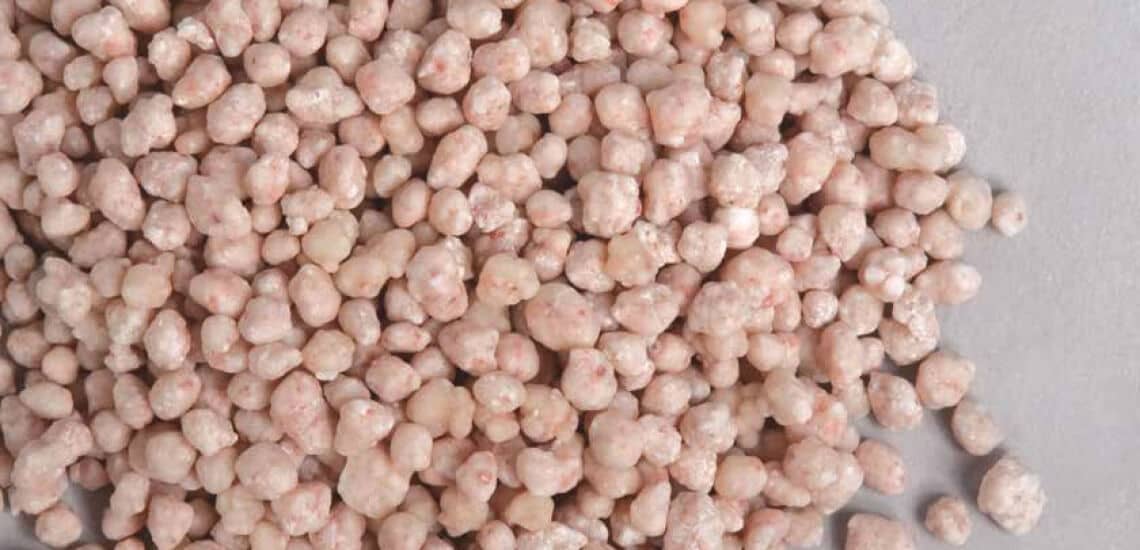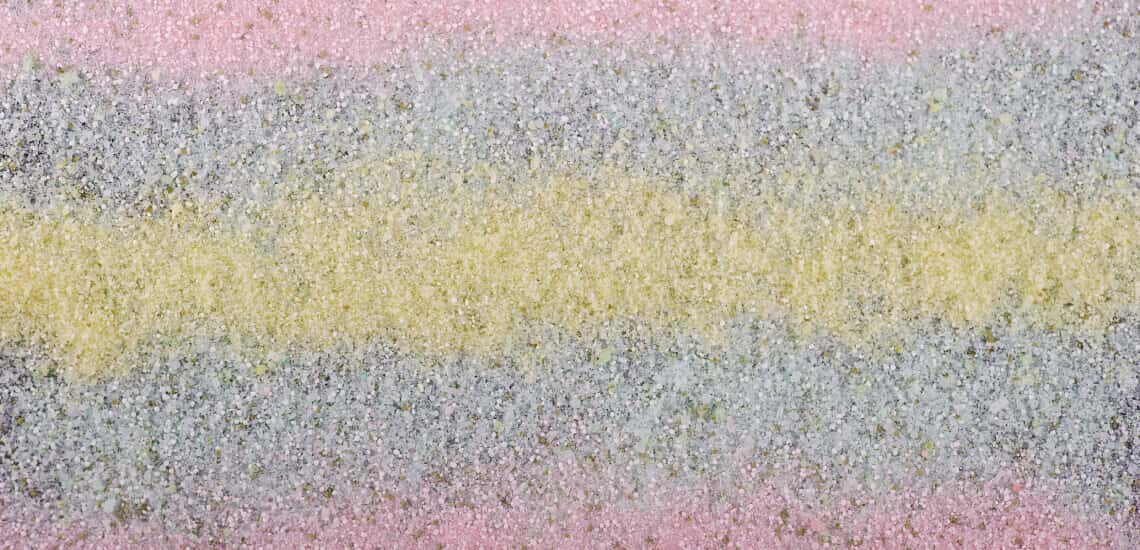-
Potash
-
Nitrogen
-
Compound NPKs
-
Water soluble

Potash
Potassium chloride, often called as potash, muriate of potash or shortly MOP, is the most concentrated source of potassium among fertilizers. MOP is universal, as it can be applied directly to the field, used for compound NPK manufacture or mixed with other fertilizers to produce NPK blends. Potassium helps regulate plant water balance and is involved in transport of nutrients and assimilates between different plant organs. Its availability is important for root development and plant stress resistance. Application of MOP (along with nitrogenous and phosphate fertilizers) positively influences quantity and quality of crop yields. Uralkali mines potash ore and enriches it to produce MOP.

Nitrogen
Nitrogen exists in the atmosphere as a gas dinitrogen. It constitutes 78% of the air we breath. However, this form makes nitrogen unavailable for direct plant's assimilation. Uralchem converts nitrogen to readily available forms available in such well-known fertilizers as Urea, Ammonium Nitrate, Calcium Ammonium Nitrate, Ammonium Nitrate Sulphate (NS) as well as various grades of compound NPKs.

Compound NPKs
Сompound fertilizers contain nitrogen, phosphorus, potassium and sulphur in each granule. Uralchem produces NPKs through lately advanced manufacturing routes using granulation. This production method enables to make high quality products that possess superb physical properties (uniform size distribution, strength, density and shape). Compound NPKs are considered to be cost-effective and easy-to-apply.

Water soluble
Water soluble fertilizers are highly pure (contain low amount of insolubles) and easily dissolving in water. They are used in various irrigations systems: hydroponic, greenhouses, drip, center pivot and foliar sprays. Our product range includes Uralchem’s Solar and Aqua Drop lines.
